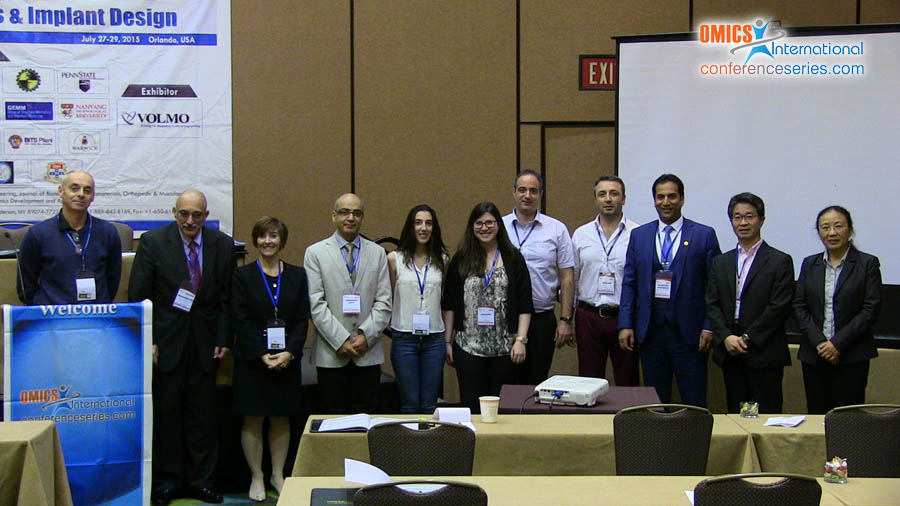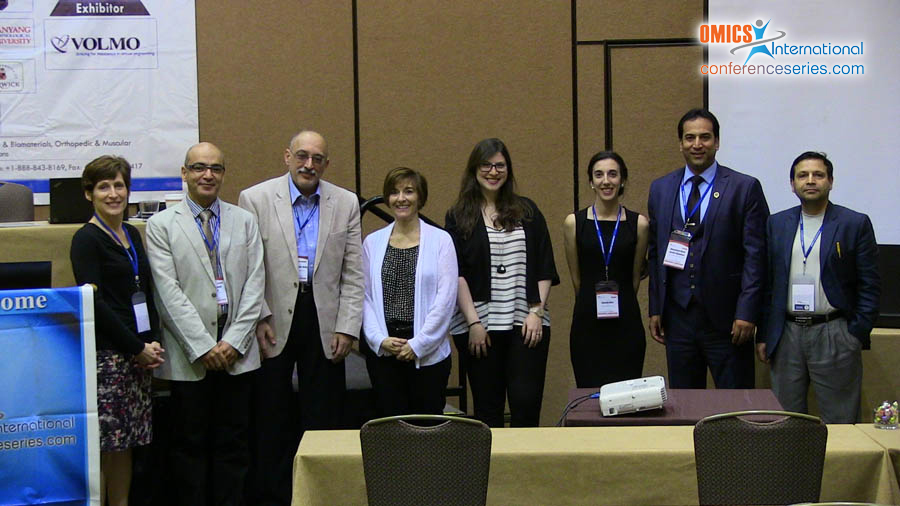
Lisa A. Ferrara
OrthoKinetic Technologies, LLC
Southport, North Carolina
Title: Titanium Truss Structures as Conduits for Bone Healing Through Multiplanar Stress Distribution
Biography
Biography: Lisa A. Ferrara
Abstract
Introduction: Truss designs are composed of triangular units connected at nodes to provide multiple planes of structural stability. The triangle will not change shape when the lengths of the sides are fixed, resulting in ability to resist significant axial forces. Forces and reactions to them are considered to act only at the nodes and result in forces in the members which are either tensile or compressive, where bending or rotational moments are explicitly excluded, thus bending or rotational moments are expressed as stress transfer to surrounding substrate located at the truss interfaces. This function makes the truss a viable structure for orthopedic devices that are constantly exposed to bending moments, where the greatest moments can occur at the terminal endpoints of devices. A three-dimensional titanium truss structure was fabricated through additive manufacturing techniques to create a multidimensional load bearing scaffold for structural support and fusion incorporation in orthopedic applications. The aim of this study was to develop a series of titanium scaffolds composed of multiplanar truss structures to assess structural integrity and stress distribution for orthopedic use. A comprehensive battery of mechanical tests and validated finite element models [FEA] were performed to determine the load bearing strength and endurance characteristics, as well as the stress profiles distributed throughout the truss structures under multiplanar loading. Methods: Static and dynamic fatigue tests of multiple truss structures with different strut diameters were conducted to measure the yield and ultimate strength and fatigue endurance load limits for multiple planes of physiological motion. FEA models were constructed and loading on each structure mimicked the actual mechanical testing, followed by a validation of each model with the actual test results. Once the models were validated, they were loaded in multiple planes to provide a profile of stress distribution throughout the truss structures. Results: Mechanical results of the truss structures exhibited yield and ultimate strength, stiffness, and fatigue endurance at loads of at least 10 to 15 times stronger than physiological loads in all planes of loading. The open architecture of the truss structure counteracted the high global stiffness measured by distributing stresses across a much greater surface area in multiaxial planes than that of traditional titanium implants, thus reducing the potential for stress risers at the bone interface. The FEA demonstrated stress transfer to truss units deep within the implant, as well as on the surfaces, for all planes of physiological loading. Conclusions: This study found the strength of the truss structure combined with its open architecture created an ideal scaffold that distributed multiplanar forces (stress) throughout the truss formations to all interfaces of the bone surrounding each strut. The end result is a mechanically sound structure with improved stress distribution to the superficial and deeper truss structures. This increased stress transfer is non-destructive to its mechanical integrity and will theoretically result in greater transfer of microstrain to the bone it contacts. Although not the topic of this abstract, an early in vivo animal study assessing bone fusion through these truss structures in sheep intervertebral discs found structurally sound remodeled bone at early time periods. These results potentially support this theory of stress-strain transfer to individual struts within truss structures, which lead to potentially earlier bone incorporation which may promote earlier global stabilization across a bone defect, resulting in augmented bone recruitment.



